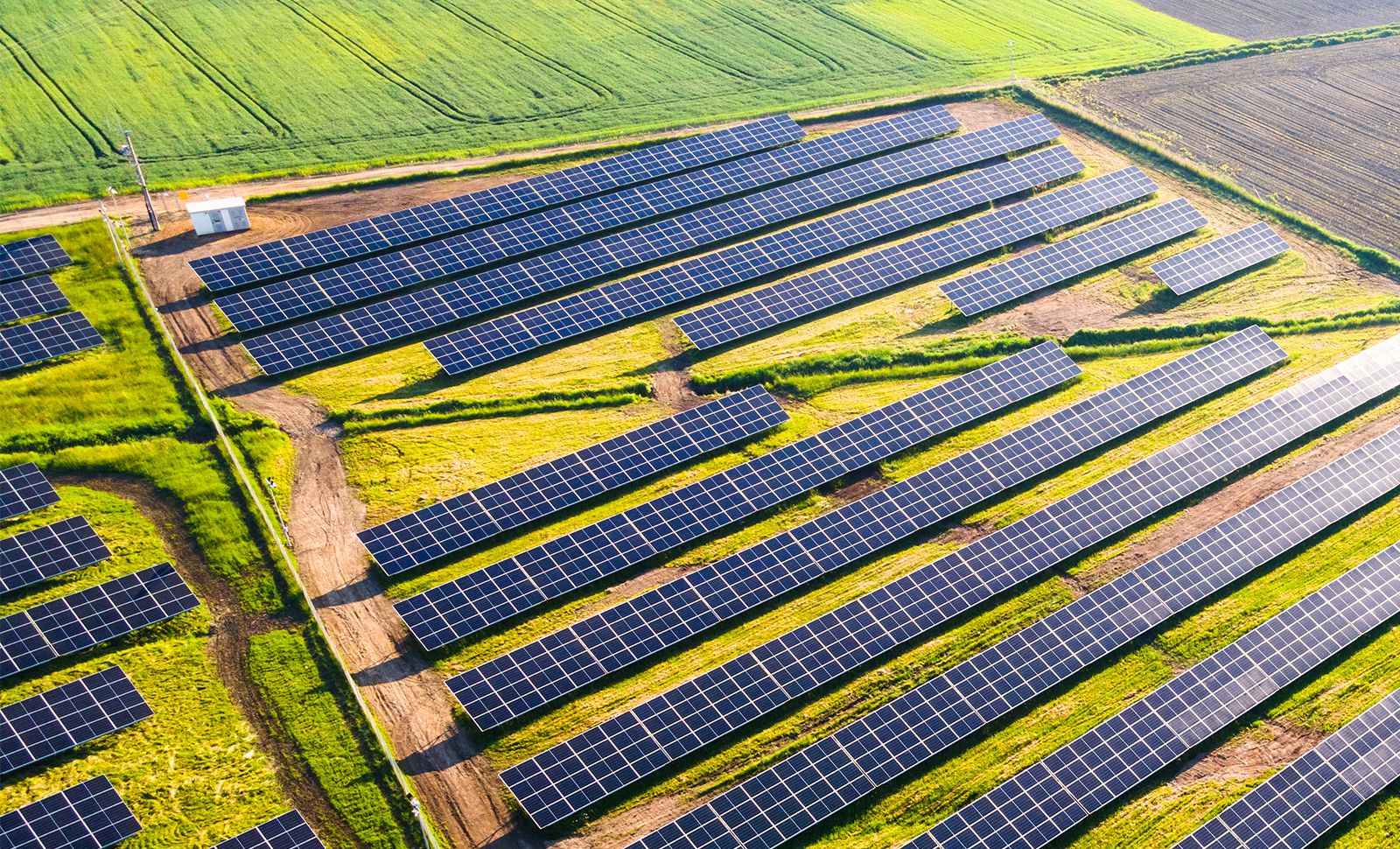
A solar pv system is a device or system that uses solar energy to generate electricity. Solar PV systems are becoming increasingly popular as a renewable energy solution due to their many benefits, including cost savings, reduced carbon emissions, and energy independence. In this article, we will explore the basics of solar PV systems, how they work, their advantages, and their applications.

The Components of a Solar PV System
A solar PV system consists of several components, including solar panels, inverters, mounting structures, and a monitoring system. Solar panels are the most critical component of a solar PV system, as they convert sunlight into direct current (DC) electricity. The inverter then converts the DC electricity into alternating current (AC) electricity, which can be used to power homes, businesses, or even the grid. Mounting structures secure the solar panels to the roof or ground, and the monitoring system helps to track system performance.

How a Solar PV System Works
A solar PV system works by harnessing the power of the sun’s rays to generate electricity. Solar panels are made up of photovoltaic cells, which convert sunlight into DC electricity. This DC electricity is then sent to the inverter, which converts it into AC electricity. The AC electricity can then be used to power homes or businesses, or it can be fed back into the grid. The monitoring system tracks the performance of the system and provides data on energy production and consumption.

Advantages of Solar PV Systems
Solar PV systems have several advantages over traditional energy sources. First, they are environmentally friendly, producing no greenhouse gas emissions or other pollutants. Second, they are cost-effective, as the initial investment in a solar PV system can be recouped through energy savings over time. Third, they provide energy independence, allowing homeowners and businesses to generate their electricity and reduce their dependence on the grid.
Applications of Solar PV Systems
Solar PV systems can be used in a variety of settings, including residential, commercial, and industrial. In residential settings, solar PV systems can be used to power homes and reduce energy costs. In commercial settings, solar PV systems can be used to power businesses and reduce operational costs. Solar PV systems are also used in industrial settings to power large-scale operations and reduce energy costs.

Conclusion
Solar PV systems are a clean, cost-effective, and sustainable way to generate electricity. They consist of several components, including solar panels, inverters, mounting structures, and a monitoring system. Solar PV systems work by harnessing the power of the sun’s rays to generate electricity, and they offer several advantages over traditional energy sources. They can be used in residential, commercial, and industrial settings to reduce energy costs and promote energy independence.
